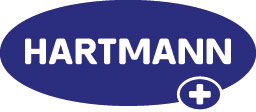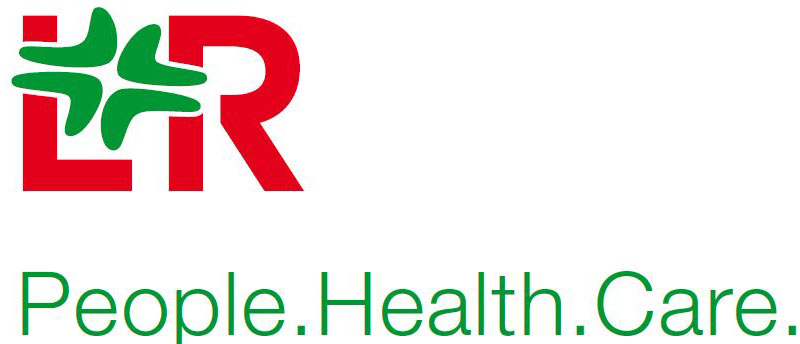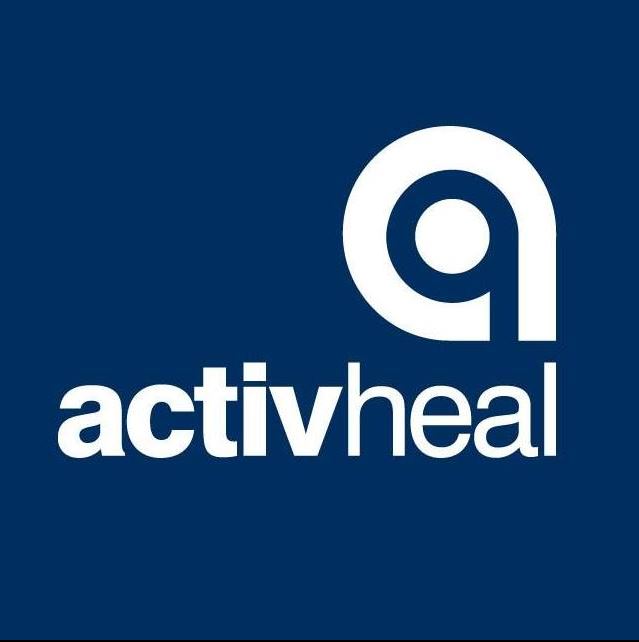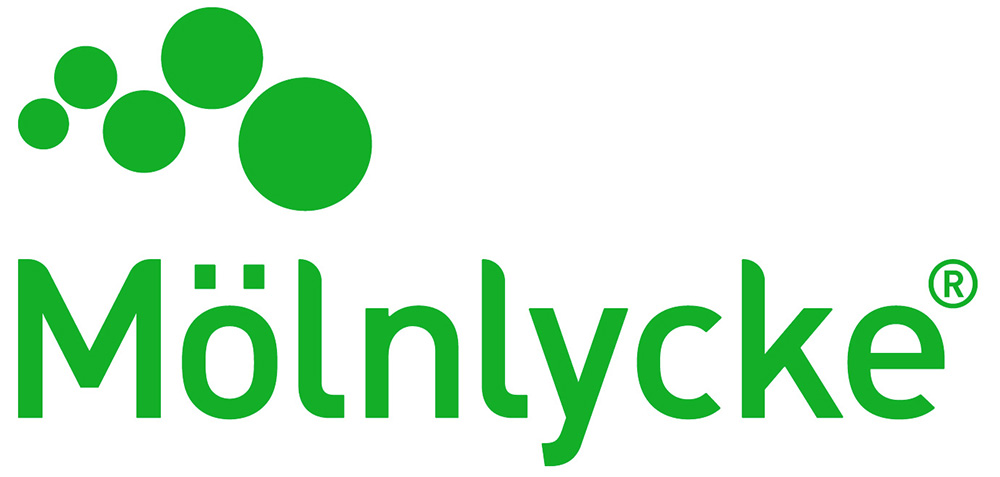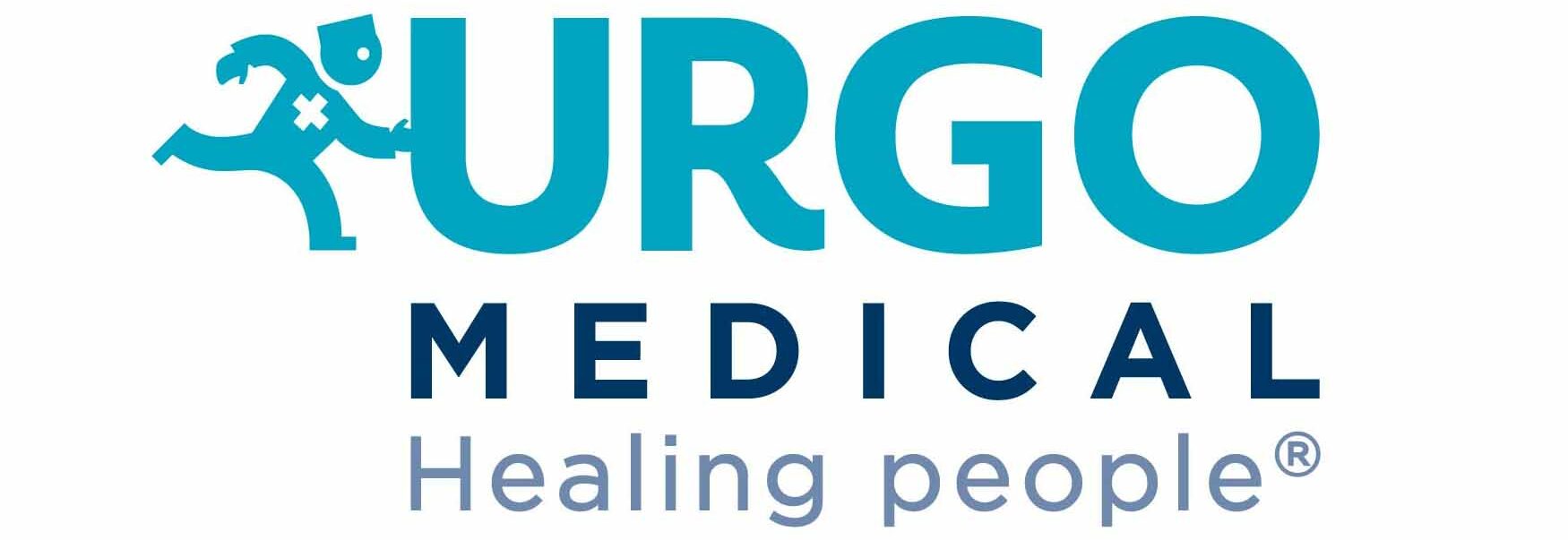Sara Kate Mangan
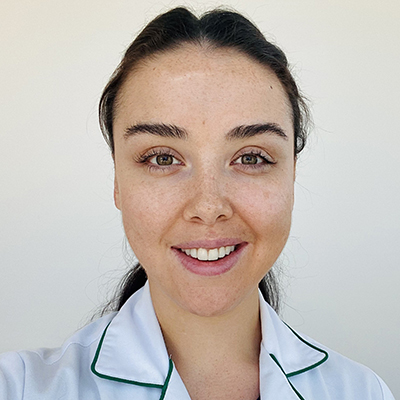
Sara Kate Mangan is a Clinical Nurse Specialist in Tissue Viability. She works in Beaumont Hospital, a large teaching hospital in the North of Dublin City, the Neuroscience centre of Ireland.
She trained as a nurse in 2011 at John Moores University in Liverpool where she found her love of wounds and Tissue Viability. She then worked in Trauma Orthopaedics at Limerick University Hospital before she spread her wings to the Middle East.
She worked within the Tissue Viability team in Cleveland Clinic Abu Dhabi for almost 5 years and completed her PgDip with the University of Toronto while working at CCAD. She had so many opportunities to build the Tissue Viability Service at CCAD and eventually work as the lead Vascular TVN on the limb salvage programme with the prestigious Vascular team.
She is a current Research MSc student with the RCSI Dublin. Her passion for treating patients and improving the quality of care is an integral part of her day to day job at Beaumont Hospital.
Free Paper and Poster Presentation (QI/Service Development) at The Society of Tissue Viability 2025 Conference
Reducing Incidences of Pressure ulcers in ICU by 70%
Abstract
Background – In September 2022 it was observed that there had been an increase in the number of patients in ICU developing pressure ulcers. The aim of the Quality Initiative project was to reduce the prevalence of pressure ulcers occurring to patients in the General ICU and to educate and familiarise staff with the Pressure Injury Reporting Pathways. The project focused on enhancing nurses’ knowledge and the implementation of pressure ulcer prevention strategies.
Educational approach – In collaboration with the Tissue Viability Department (TVN) a Pressure ulcer Prevention Team (PUPT) was formulated in ICU which focused on educating staff and the promotion of the following practices. Peer to peer education – focusing on disseminating the standardised local reporting guide for critical care. The introduction of the Quattro Acute Air mattress for every patient in ICU. The application Maxxcare Heel Pro Evolution heel protectors for patients. The education in the correct sizing and application of TED stockings. The introduction of aloe vera wash sponges for patient hygiene and maintenance of skin integrity. The promotion of ‘Saying NO to the INCO and the ‘Peek and Peel’ initiative for staff to assess patient’s skin. Encouraging the increased repositioning of patients and involving HCA’s as promoters of turning patients. Updating the Pressure Ulcer Board and Folder to ensure dissemination of up-to-date information.
Outcomes – Feedback from PIPT meetings and critical care nurses indicated improved reporting and knowledge of the reporting pathway for pressure ulcers. Decreased incidences of unit acquired pressure ulcers to heels. The implementation of Quattro Acute Air mattresses & Maxx care heel projection boots for all patients indicated an overall reduction of pressure ulcers and suspected deep tissue injuries by 55% in the first quarter of 2023 since the implementation of the QIP in July 2022. In 2023 there was an overall higher incidences of pressure ulcers as data from 2022 only captured the last 6 months of the calendar year. On comparison of 2024 PU data to 2023 PU data, there was a 70% reduction in stage 1 pressure ulcers, 62.5% reduction of stage 2 pressure ulcers, we had the same amount of stage 3 pressure ulcers as 2023 (1) no stage 4 pressure ulcers and a reduction of 27.7% of SDTI.
Conclusions – It is evident from feedback and recent incident reports that there had been a reduction in the prevalence of pressure ulcers in the ICU. From implementation of the QIP we were also able to maintain a safer environment for all patients in the ITU. Recent evidence has led to the identification of cervical collars as a potential cause of skin breakdown and which is an area for future review by the PIPT. The PIPT continue monthly meetings and peer to peer education on skin assessment and unit reporting pathway. Our TVN nurse and the QPS directorate continue to collect and compare data for continuous improvement.


